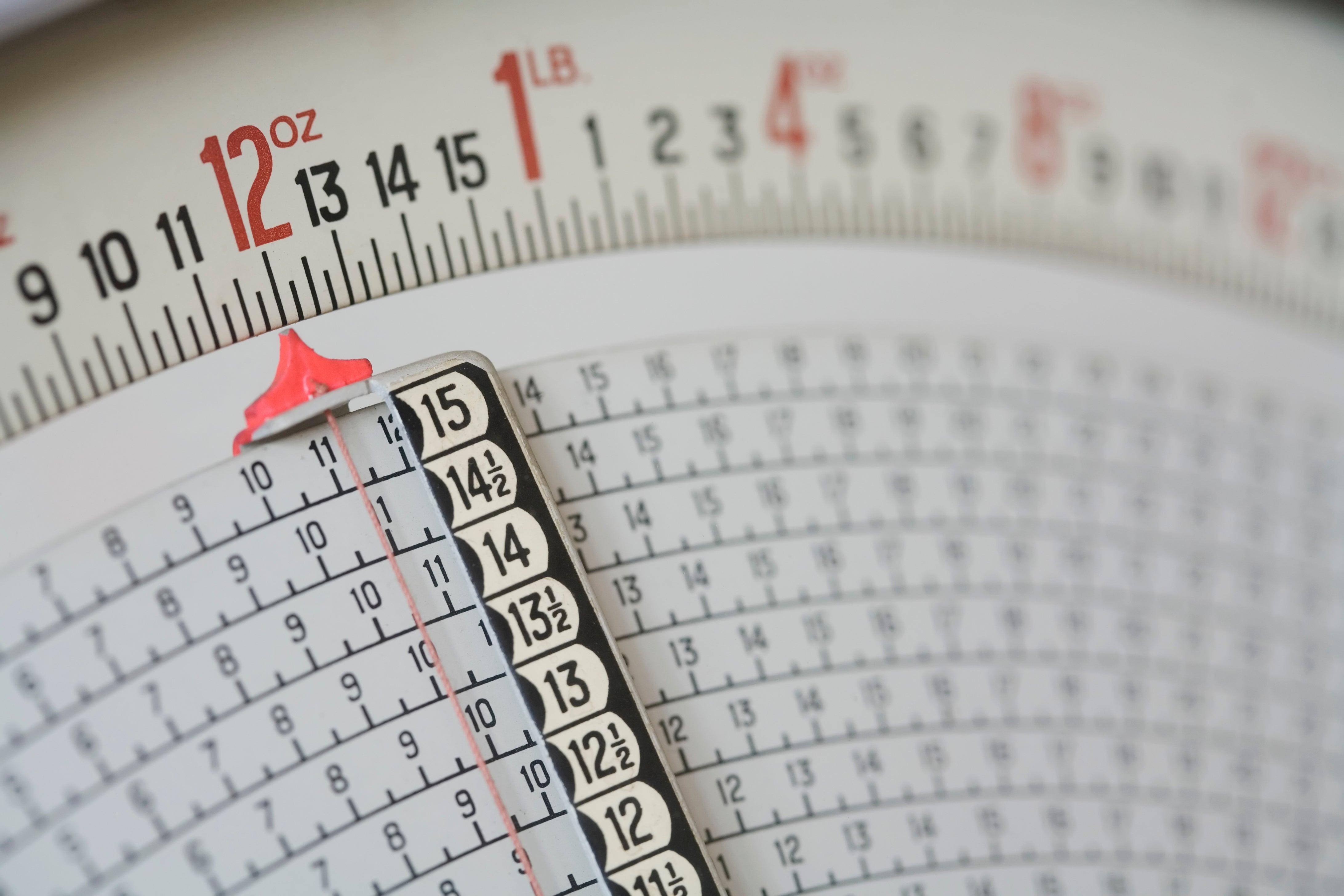Imperial measurements represent yet another battle in the culture wars
Traditions work best and unite a nation when they are organic, authentic and the subject of continuous evolution over centuries. They work poorly, and divisively, when they are invented or reinvented, as with the imperial measurements. They’re hardly worth having an argument about, says, Sean O’Grady, but that won’t stop Twitter


We all know, far too well, the terrain of the culture wars, the places where the sides are deeply entrenched, where the pounding is heavy, where prisoners aren’t taken – Brexit, face coverings and Covid restrictions, immigration, Harry and Meghan, ubiquitous union flags, trans rights, statues, BLM, taking the knee, institutional racism, “woke” values. But then there are the other, smaller, theatres of battle. At sea, Boris Johnson has deployed the idea of a new royal yacht (which has endured friendly fire from Buckingham Palace, who’d rather it wasn’t named after Prince Philip. On the airwaves there’s the dogfight between GB News and the enlightenment. On land, the prime minister has embarked on what might be called culture skirmishes – the return to imperial measures, the pledge to make television companies commission “distinctively British” programming, and the little crown emblem going back on the pint glasses.
And so the conflict goes on, distracting from the more traditional issues about living standards, jobs and the cost of living, what were called in Roman times “bread and circuses”, and which games are now conducted on social media. Like summoning up the ancient icons of the past, the initiative on imperial measures has recalled the “metric martyrs” of two decades ago, arguably the first casualties in what we came to know as the Battle for Britain, aka Brexit.
The issues are divisive, but mercifully minor. Even Nigel Farage couldn’t start a riot just because someone doesn’t want to sell cheese by the ounce or wheat by the bushel. The mile and the pint never disappeared anyway, and, besides, few people know what “a quarter of toffees” actually is. To understand how remote the return of widespread traditional measurements is, one only needs to try and answer the question: if a pound of Red Leicester sells for £5, how much is six ounces?
As for a quota of “British” TV shows, something very similar was tried in the 1930s and 1940s with the British film industry, with the main result a large quantity of low cost, low quality supporting movies that impressed neither critics nor audiences, and which proved no threat to the hegemony of Hollywood.
Mostly such quaint touches in national life, such as queuing, the blue passport, driving on the left, or having a fight outside a kebab shop, reassure the British that they are distinctive, and different (for which read “superior”). But such traditions work best and unite a nation when they are organic, authentic and the subject of continuous evolution over centuries. They work poorly, and divisively, when they are invented (eg the ploughman’s lunch) or reinvented, as with the imperial measurements. They’re hardly worth having an argument about, but that won’t stop Twitter.

Join our commenting forum
Join thought-provoking conversations, follow other Independent readers and see their replies
Comments